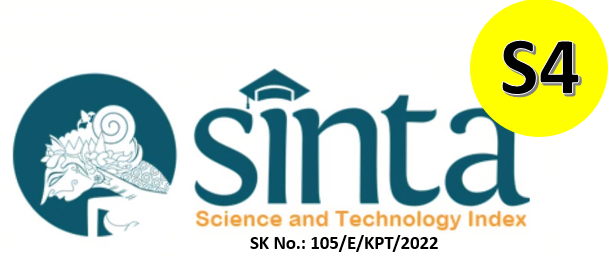Inventarisasi Tumbuhan Pionir Lahan Bekas Tambang Kapur Di Kecamatan Rengel Kabupaten Tuban Jawa Timur
DOI:
https://doi.org/10.29080/biotropic.2019.3.1.56-61Keywords:
Pioneer Plants, Limestone Quarries, TubanAbstract
Environmental damage included the limestone mining process would remove the topsoil layer, reduce fertility, reduce microbial diversity and eliminate the vegetation that growth above it. Naturally, pioneer plants could grow to replace lost plants. Pioneer plants can be used as a reference for land recovery because these plants could grow on damaged land because they are associated with Plant Growth Promoting Rhizobacteria (PGPR). In addition, the presence of pioneer plants could inhibit soil erosion due to its root ability to hold the soil from scouring water. This study aimed to determine the characteristics of the initial natural succession process, namely the pioneer post-limestone mining community. This research was conducted by purposive random sampling method at three mining locations, namely Banjaragung Village, 5 years after mine, Maibit Village, 8 years after mine, and Rengel Village, 7 years after mine. Samples were taken for each of the 10 plots of 1x1 m size. The results of this study obtained 5 types of plants with the highest INP, namely: Lamium barbatum, Chromolena odoratum, Tridax procumbens, Waltheria indica, and Digitaria sanguinalis. While the highest diversity index is in the Village of Maibit, Rengel Sub-District, Tuban Regency after 8 years post-mining, which is 2.54.
Downloads
References
Adji, TN., Haryono E., dan Woro S. 1999. Kawasan karst dan Prospek Pengembangannya di Indonesia. Prosiding Seminar PIT IGI di Universitas Indonesia.
Afrianto, WF., Agus H., dan Didik W. 2016. Komunitas Floristik dan Suksesi Vegetasi Setelah Erupsi 2010 di Gunung Merapi Jawa Tengah. Jurnal Biologi Indonesia. 12(2).
Anaputra, D., Miswan., dan Ramadhanil P. 2015. Komposisi Jenis Tumbuhan Herba di Areal Kampus Universitas Tadukulo Palu. Biocelebes. 9(2).
Gunawan, H. 2015. Suksesi Sekunder Hutan Terganggu Bekas Perambahan di Taman Nasional Gunung Ciremai, Jawa Barat. Prossemnas Masyarakat Biodiversitas Indonesia. 1(7).
Indraswari, R., Arifin, AZ., Navastara, DA., dan Jawas, N. 2015. Teeth segmentation on dental panoramic radiographs using decimation-free directional filter bank thresholding and multistage adaptive thresholding. Proceedings of 2015 International Conference on Information and Communication Technology and Systems, ICTS 2015, 49–54. https://doi.org/10.1109/ICTS.2015.7379870
Isnaniarti, UN., Wiwik E., dan Hanna AE. 2017. Suksesi Vegetasi pada lahan Bekas Penambangan Rakyat di Kecamatan Monterado Kabupaten Bengkayang. Jurnal Hutan Lestari. 5(4).
Jufri, dan Sri W. 2017. Identifikasi dan Karakterisasi Mikroba Rhizosfer pada Hutan Rakyat Tanaman Bitti (Vitexcoffasus reinw), Jati (Tectona grandis), dan Jabon Merah (Anthocepallus antrhopyllus). Skripsi. Prodi Kehutanan Fakultas Kehutanan Universitas Hasanudin, Makasar.
Kurniahu, H., Sriwulan., dan Riska A. 2017. Aplikasi PGPR Rhizhosfer Graminae terhadap Pertumbuhan Jahe Merah (Zingiber officinale var. Rubrum.). Jurnal Pena Sains. 4(2).
Septiani, D., Haris, G., dan Nery S. 2015. Komunitas Vegetasi Pionir dan Perkiraan akumulasi Biomassa pada Lahan Gambut Bekas Terbakar di Area Transisi Cagar Biosfer GiamSiak Kecil- Bukit Batu Riau. JOM FMIPA. 2 (1).
Utami, DTW. 2017. Studi Keanekaragaman Vegetasi Rumput dan Herba di Hutan Sekipan Desa kalisongo Tawang mangu Karang anyar Provinsi Jawa tengah. Skripsi. Universitas Muhammadiyah Surakarta. Surakarta.
Widyasari, NAE, Bambang HS., Solichin, I. 2010. Pendugaan Biomassa dan Karbon Terikat di Atas Permukaan Tanah pada Hutan Rawa Gambut Bekas Terbakar di Sumatra Selatan. Jurnal Ilmu Pertanian Indonesia. 5(1).













